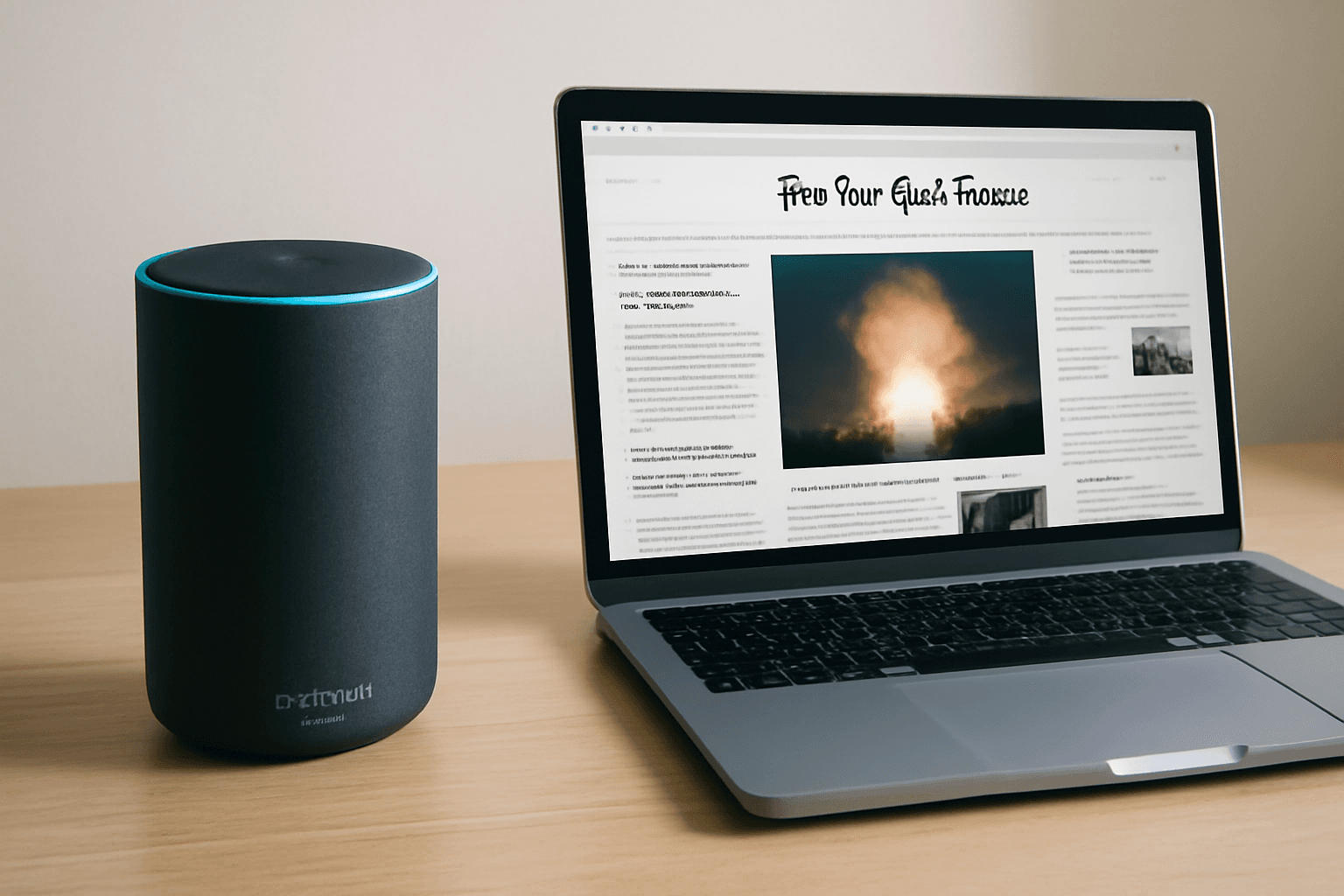The Trial That Captivated a Nation
The Karen Read case began as a tragic incident in suburban Massachusetts but quickly morphed into one of the most talked-about true-crime stories in recent American history. Accused of killing her boyfriend, a police officer, Karen Read found herself at the center of a legal drama that unfolded not only in courtrooms but across social media platforms and public consciousness.
A Complex Story of Love, Tragedy, and Allegations
In January 2022, Karen Read, a Boston financial analyst, was charged with murdering her boyfriend, John O’Keefe, a police officer. Authorities alleged she deliberately ran her SUV into him after an argument and left him to die in the snow. However, Read maintained her innocence, claiming she was framed by the very law enforcement institution O’Keefe represented. What seemed to be a straightforward murder case soon evolved into a cultural battleground, highlighting deep tensions within American justice and society.
The Trial in the Public Eye
Unlike many court proceedings, Karen Read’s trial was broadcast live, attracting thousands of viewers on various streaming platforms. Cameras captured every moment inside the Massachusetts courtroom, drawing an audience rivalling major celebrity trials. But the real powerhouse shaping public perception was social media. TikTokers, Reddit users, and YouTube commentators dissected testimonies, forensic details, and legal strategies, often distilling complex evidence into viral, easily digestible clips.
Shaping Narratives Online
- Daily trial updates and analysis from social media creators.
- Hashtags and movements rallying public opinion.
- Short viral videos influencing perception more than traditional reporting.
In this digital arena, Read didn’t just fight to prove her innocence in court; she also battled to win over the court of public opinion shaped by algorithms and trending content.
The Gendered Dimension: Pink Protesters and Public Sympathy
The crowds outside the courthouse were predominantly women dressed in pink, holding signs declaring, "It Could Be Me." For many supporters, Karen Read symbolized a woman confronting a male-dominated justice system and law enforcement hierarchy. This identification tapped into broader fears that women, especially those outside typical defendant profiles, could be unfairly targeted or misunderstood by institutions.
Significantly, murder defendants are rarely women, making Read’s case an anomaly. As a white, middle-class, educated woman accused of killing a police officer, she stood out in America’s criminal justice landscape, intensifying public intrigue and debate.
The Clash of Competing Stories
The prosecution painted a bleak picture: intoxicated and enraged, Read intentionally harmed and abandoned O’Keefe to die in freezing temperatures. They cited physical evidence like a broken taillight, bloodstains, and statements attributed to Read.
Conversely, the defense argued that Read was a scapegoat in a cover-up, alleging police misconduct and tampered investigation. They contended O’Keefe was assaulted inside his colleague’s home and that the evidence was misrepresented or concealed. Text messages from investigators expressing bias against Read further fueled doubts over the integrity of the case.
As a result, the jury’s first attempt ended in a mistrial due to deadlock. Subsequently, a second jury acquitted Read, effectively clearing her of the major charges.
From Defendant to Digital Influencer
Karen Read’s courtroom demeanor defied conventions. Rather than stay silent, she engaged with the public through interviews, documentaries, and social media campaigns. Her legal fund soared past $1 million, backed by merchandise sales, benefit events, and grassroots donations.
Outside the court, Read cultivated a strong emotional bond with supporters, exchanging signs of affection like the American Sign Language symbol for “I love you.” This savvy use of storytelling and media transformed her trial into a potent social movement.
What the Karen Read Trial Reveals About Modern Justice
This case showcases how the justice system now operates in tandem with media narratives, where verdicts are influenced not only by legal arguments but also by viral videos, social media trends, and collective public sentiment. The trial became part courtroom drama, part social media spectacle—raising profound questions about truth, perception, and justice in the digital age.
Whether Karen Read was innocent or simply mastered the modern media battlefield, her case illustrates a new reality: trials are no longer confined to the courtroom but are fought and won across timelines, hashtags, and viral clips.












